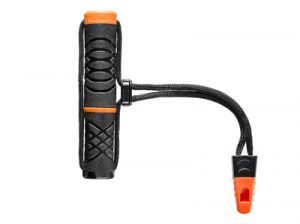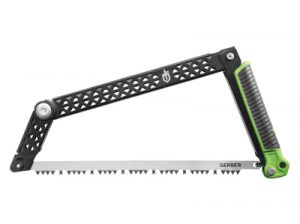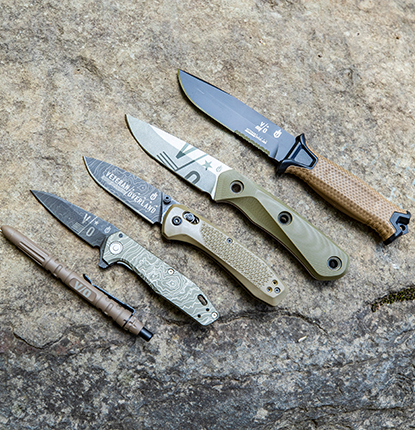The tiny home movement may seem like a viral fad, but micro-living is far more than a passing trend. Singles, couples, and families around the country are opting for spaces that are drastically smaller than typical homes, usually between 100 and 700 square feet, and they’re reveling in the freedom it brings. The advantages of a downsized dwelling are vast, from living mortgage free to cutting energy costs and minimizing environmental impact, to simply enjoying a day-to-day life with less upkeep and more time outdoors.
One of the greatest benefits of a small structure, though, is that it’s entirely possible for you to build your own. Even a novice can construct a tiny home—a fully customized, totally personalized home—with just a little learning along the way.
Location, the type of structure and how much you’ll invest are all important and interrelated aspects of a tiny home construction project you’ll thoroughly want to work out in advance. You can start with either of the three, but you’ll soon find that each affects the other.
Fixed to a locale or mobile?

Don’t leave home without your home. | Tammy Strobel
Where will you anchor your tiny home? Do you want it to be a permanent residence? Or are you dreaming of a nomadic lifestyle, traveling the country with your scaled-down abode in tow?
If you own a plot of land or plan to, you may want something that feels more permanent. Some homes are even built into the surrounding landscape. Some resemble treehouses, built high above the ground and literally dependent on nature for support.
Many tiny homes are fully mobile, though, built with sturdy frames specially designed for transport or equipped with built-in wheels for easy hauling. If you want to take your new home on the road, you’ll likely want to stay on the smaller side of tiny and, if you want access to RV parks, you’ll need to follow the Recreation Vehicle Industry Association standards for certification in your build.
Budget and design
Once you’ve determined your level of interest in mobility, you can move forward with budgeting and plotting out the style in some detail. Again, these two elements of the planning process are interdependent. Naturally, the bigger your budget, the bigger your goals can be, from the materials you use to embellishments, like intricate architectural details. If you’re working with less, you’ll need to get more creative in sourcing material and likely stick with a simpler overall design.
Building a tiny home can cost as little as $5,000, while more elaborate but still small structures can set you back as much as $100,000.
There aren’t many taboos for tiny home building in terms of style and materials, which can be a boon to any budget. Mismatched vintage windows; a log cabin aesthetic paired with the industrial look of a corrugated metal roof; a structure built with recycled pallet wood in varying tones and textures—all of these nontraditional choices can give quirky charm to your tiny home. Repurposing, be it a donated kitchen table as a front door or something as significant as welding together low-cost shipping containers for the skeleton of an entire home, also adds a special uniqueness while simultaneously cutting costs.
From scratch or pre-fab

Your home can take shape based on blueprints or a kit found online. | Tammy Strobel
When mapping out your structure, you can be ambitious and start from scratch. For less experienced builders, however, detailed blueprints are available for free or at a low cost through a number of websites. Working with someone else’s design doesn’t mean you’ve got to stick to to their ideas entirely, either. You can still personalize the build, adjusting for your own needs and adding extras for your wants, too.
There are prefabricated homes available for purchase as-is, as well as kits that include delivery of pre-cut materials. The possibilities are more limited with a kit, but even then the home is capable of being customize to some degree.
Utility options

Make sure to include electricity and running water. | Tammy Strobel
Before you plot the inside of the home, be mindful of the need for water and electricity. Will you be connecting to an existing water source, or do you want to implement a self-reliant system, like rooftop rainwater harvesting and a compost toilet? Electricity can be typical, or you can opt for a sustainable (and travel-ready) option like a generator or solar panels.
Making the most of the space

A loft for a bed is an efficient use of interior space. | Tammy Strobel
No matter the setup, micro-living means tight quarters. But there are plenty ways to maximize your square footage.
Many homes incorporate windows, sometimes floor-to-ceiling, allowing the size of the space to be elevated by the vastness of the outdoors. This trick works best on larger plots of land with few or zero homes within sight, of course.
The choice of flooring is another opportunity for adding the illusion of more indoor space. Use long, clean lines (rather than smaller square tiling or short boards) to elongate the feel of the entire dwelling.
Lofts are a great way to make the most of the available space. If you’re working with a vaulted ceiling, a bedroom nook above with detachable stairs means you’ll have more room on the main floor. Barn-style doors are also beneficial. Every inch of a tiny home is valuable, and doors that can be hidden by sliding into walls creates a more open feel.
The experience of construction is part of the adventure of tiny-home living, so have fun and get creative.
Featured image provided by Tammy Strobel









